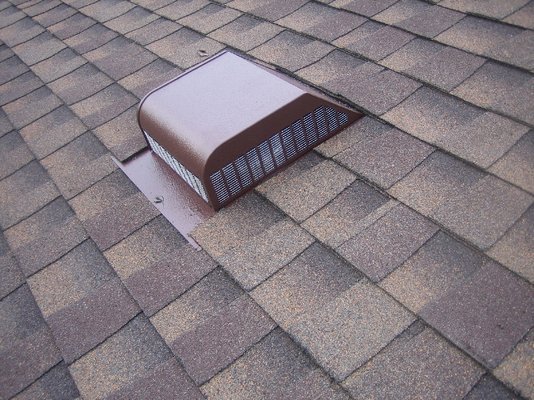Roof ventilation is essential for homes – whether you live in a hot or cold climate. Roof ventilation functions differently in hot and cold climates. For a cold climate, roof ventilation is necessary to prevent the buildup of ice dams which are accumulated from melting snow. Roof ventilation will also help water build up due to condensation which will result to rotting, mildew and molds. During the summer, roof ventilation will help expel extremely hot air which usually creates the furnace effect, making the attic or the rooms on the top floor unbearably hot.
Benefits of Roof Ventilation
- Reduces energy consumption and cooling expenses by providing ventilation especially during hot months.
- Helps extend the life of roofs.
- Prevents the accumulation of ice dams.
- Makes homes comfortable by making them cool and dry.
- Prevents moisture build up and the growth of mold and mildew.
- Helps air circulate from inside to outside the house and vice versa.
Kinds of Roof Ventilation
The kind of roof ventilation you need may vary from home to home. Each home is designed a different way. Additionally, you must also consider the climate and weather conditions that you normally experience.
- Intake Vents
Intake vents allow outside air and they are located along the lowest eave of a roof’s assembly.
Types of Intake Vents
- Individual Soffit Vents – Vent grates that are spaced evenly on eaves.
- Continuous Soffit Vents – Allows ventilation along eaves and are installed on the soffit or eaves.
- Drip Edge Vents or Eave Vents – A type of venting with a drip edge which is used to provide intake ventilation.
- Undereave Vents- Intake vents are installed at the under eaves of roofs.
- Exhaust Vents
Exhaust vents are installed on roofs to expel hot air from inside your homes.
Types of Exhaust Vents
- Static Vents – Type of exhaust vent installed over a hole on your roof. It has no moving parts.
- Ridge Vents – Exhaust vents installed from end to end of a roof spanning its entire length.
- Gable-end Vents – Installed at the gable ends of a roof. They are more effective when there is sufficient wind.
- Turbine Vents – Installed at the top of roofs and utilizes wind power to expel hot air from inside the house.
- Powered Vents – Exhaust fans are installed on the roof and mounted near the ridges of the roof.
Consult an expert from a roofing company to help you decide which roof ventilation is best for your home.
Written by Precision Construction Services, the best service for roofing in Columbia, MO.

